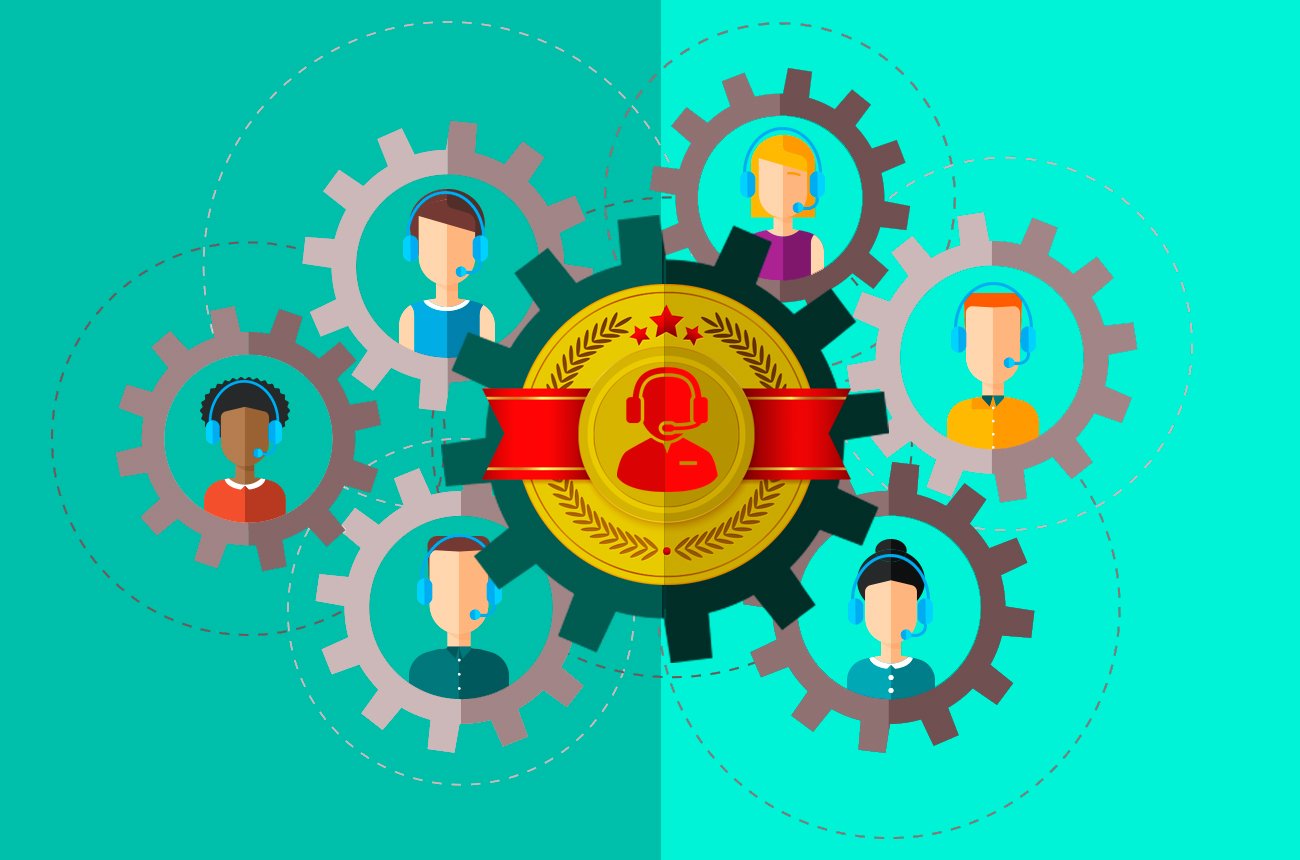What Does Quality Assurance Calibration Mean
Quality assurance has the power to help any contact center or support department improve its customer experience.
How Quality Assurance Calibration Works
QA analysts will evaluate interactions between agents and customers to measure performance, before working with employees to achieve stronger results. Reacting to in-depth assessments and accumulated data helps your service agents avoid common mistakes, hit targets and leave customers more satisfied over time.
However, it’s essential your QA analysts all have a clear strategy to follow — and that involves quality assurance calibration.
But what does this actually mean? And how is quality assurance calibration performed?
What is Quality Assurance Calibration?
Calibration is a standardized process of evaluating and scoring customer interactions, to achieve consistency across your entire contact center / support department. This helps your QA analysts, team leaders, managers and agents understand exactly which metrics matter and how scores should be assigned.
Through calibration, it should become obvious what expectations the company has for each interaction between agents and consumers, across all touchpoints. However, these may need to be altered over time as you continue to gain insights into customer preferences and satisfaction levels.
Redefining Quality Assurance Calibration
You will most likely want to adapt your quality assurance calibration as you start to see how consumers respond to certain aspects of your service more clearly, and understand how to keep improving them.
Satisfied customers are more likely to keep coming back, which is a terrific outcome when even a 5 percent rise in your retention rates has the potential to bring in 25 percent more profit.
Why Quality Assurance Calibration is important
Undertaking a QA program without quality assurance calibration could cause confusion, wasted time and poor customer service. Your analysts may not know what they’re looking for during evaluations and fail to give agents the direction they need to perform to a higher standard.
Furthermore, calibration creates a fair playing field for all agents: they’ll be assessed to the same criteria without bias (intentional or accidental). This minimizes the risk of favoritism claims or counter-productive fractures between employees.
A good QA software streamlines the entire quality assurance process, equipping analysts, managers and agents with a simple way to get involved.
All data gathered from multiple channels can be accessed quickly for speedy comparisons and progress-tracking, while employees can stay connected to the QA team for instant feedback / coaching.
This makes quality assurance calibration easier too, centralizing essential information to guide evaluations.

Key Aspects of Quality Assurance Calibration
#1. Assembling the team
Putting the right team together ensures maximum efficiency during calibration, but who should be invited?
First and foremost: your QA analysts. After all, these are the people expected to evaluate your agents, identify strengths and weaknesses, deliver feedback, coach workers and plan training to achieve better results. They’re at the heart of the process, so make them your key players.
However, you’ll need team leaders, supervisors and / or managers to sit in during calibration too. Senior agents may be involved as well, bringing insights from the customer-service frontline. Discuss the company’s goals and values with regards to the customer experience, establish timelines and make sure everyone’s on the same page.
Take a few moments to put one or two people in charge of overseeing the calibration sessions: they should take notes, gather votes and ultimately provide a record of the main decisions reached.
Related: Helping your Customer Service Team Develop Soft Skills
#2. Reviewing Interactions and Comparing Results
Prior to calibrating, each member of the team should be given the same interactions to review. You can either do this separately or as a group, together in the same room.
When reviewing interactions independently, they will assign them the grade they feel most appropriate and pass this on to the individual overseeing the calibration process. They will compile all scores and point out any differences between them.
The group should compare and contrast the grades, before settling on a calibrated score. Bear in mind that the metrics to be covered in the QA process should be critical to the customer experience and make the biggest impact on their satisfaction levels.
Once everyone knows what evaluations will involve, where the focus should be and how to score, the QA team can get to work.
Related: Quality Assurance Evaluation Methods
#3. Maintaining Fairness of Reviews
During the quality assurance calibration process, the team must decide how calls will be selected for monitoring to ensure fairness. If one agent’s work is continually subject to evaluation while another’s is never assessed, this can create an unbalanced overview of the team’s performance.
The agent in question may also feel as if they’re being treated unfairly if they receive critiques and coaching more so than colleagues. And with 66 percent of employees willing to quit if they feel under-appreciated (76 percent among millennials), no company can afford to mistreat workers.
Over time, reviewing interactions, spotting issues and planning a way forward will all become easier for the QA team. It’s important to make sure everyone understands how this all works at the start of the process, though, to reduce the risk of mistakes or oversights.
#4. Self-evaluation and coaching values
Any agents invited to take part in quality assurance calibration need to review their own work as well as that of others. This is only fair and helps them get a clearer idea of what changes may be required to achieve better customer service.
Even if you choose your top performers, they could still be making errors or leaving room for improvement, and these should be addressed. The agents may understand certain aspects of interacting with consumers and overcoming problems better than managers, making their contribution to calibration invaluable.
They can help create coaching plans and suggest suitable training techniques, based on their own experiences too. Self-evaluation will become part of a good quality assurance program, as agents should be invited to assess their own interactions during feedback sessions.
Effective calibration helps contact centers establish a strong quality assurance process, targeting and refining key metrics that define the customer experience. By following the steps explored above, you can equip your QA analysts and entire workforce with the right knowledge to participate in a productive QA program.
Your customers will be more satisfied over time and, as a result, be more likely to stay loyal.
What tips or techniques for good QA calibration has worked for you?






